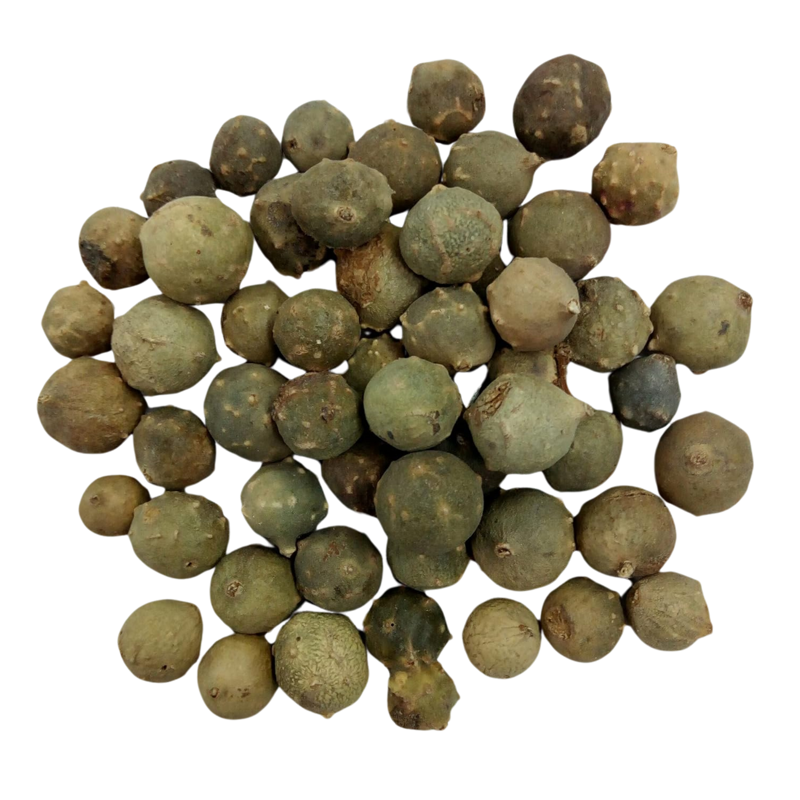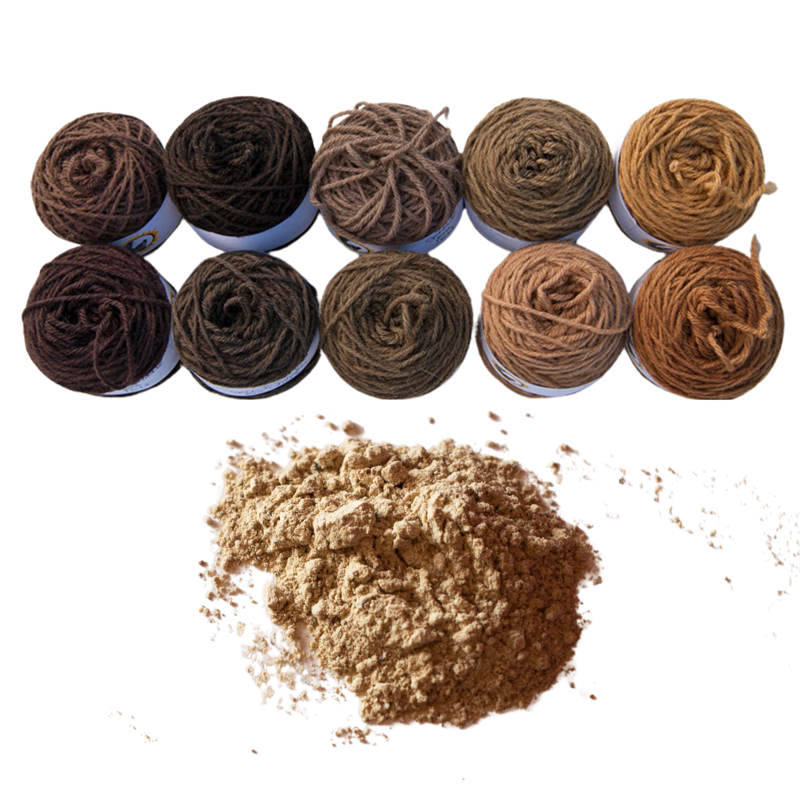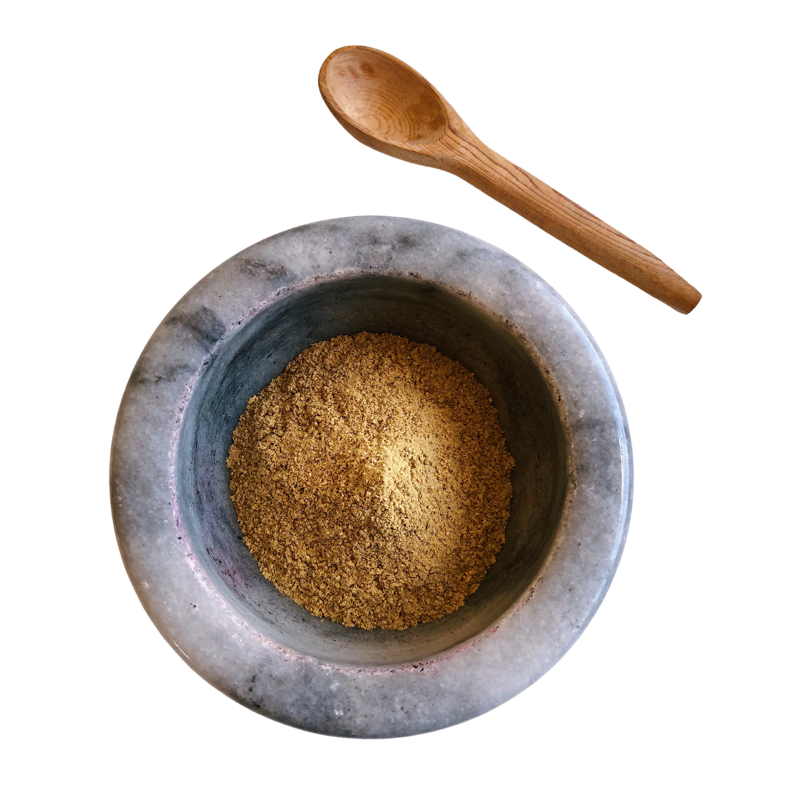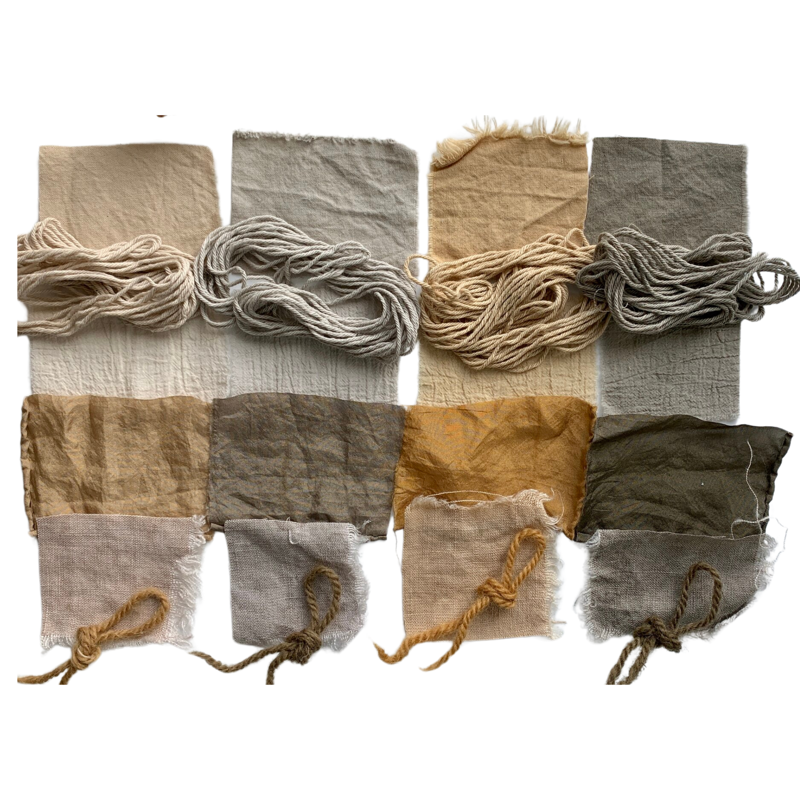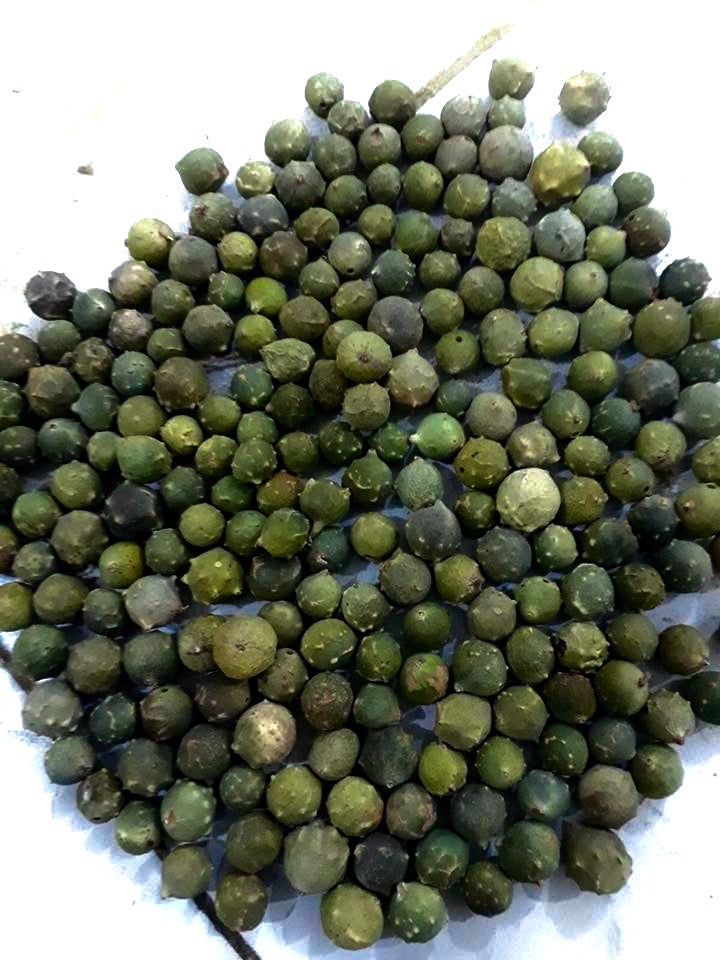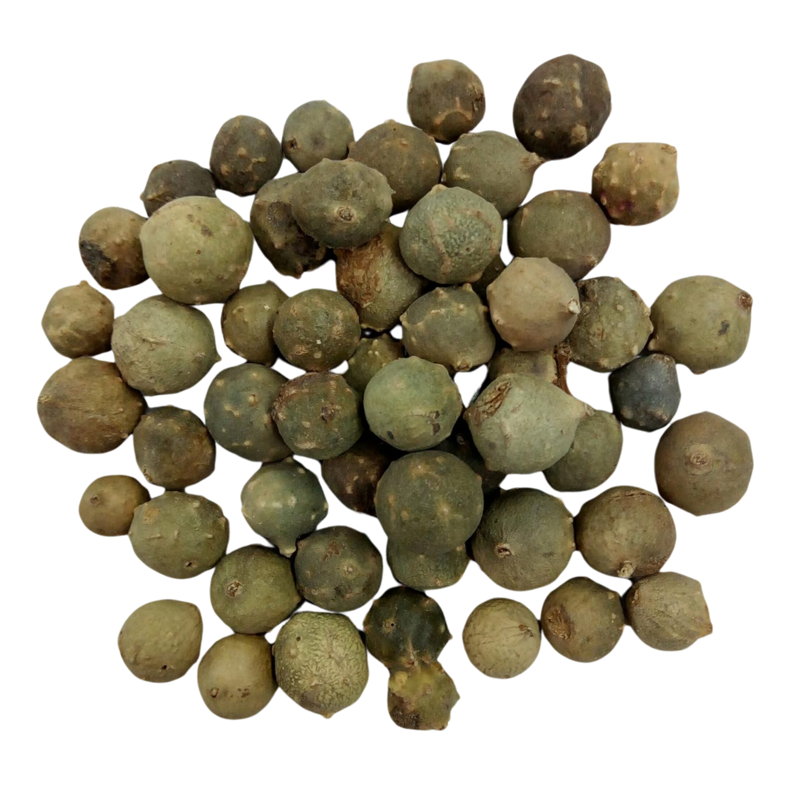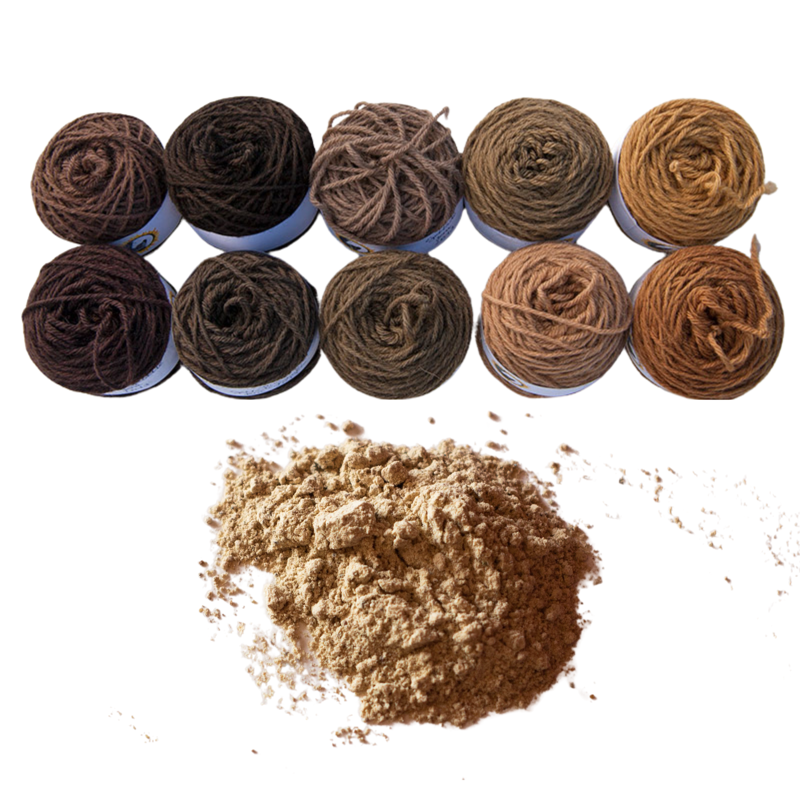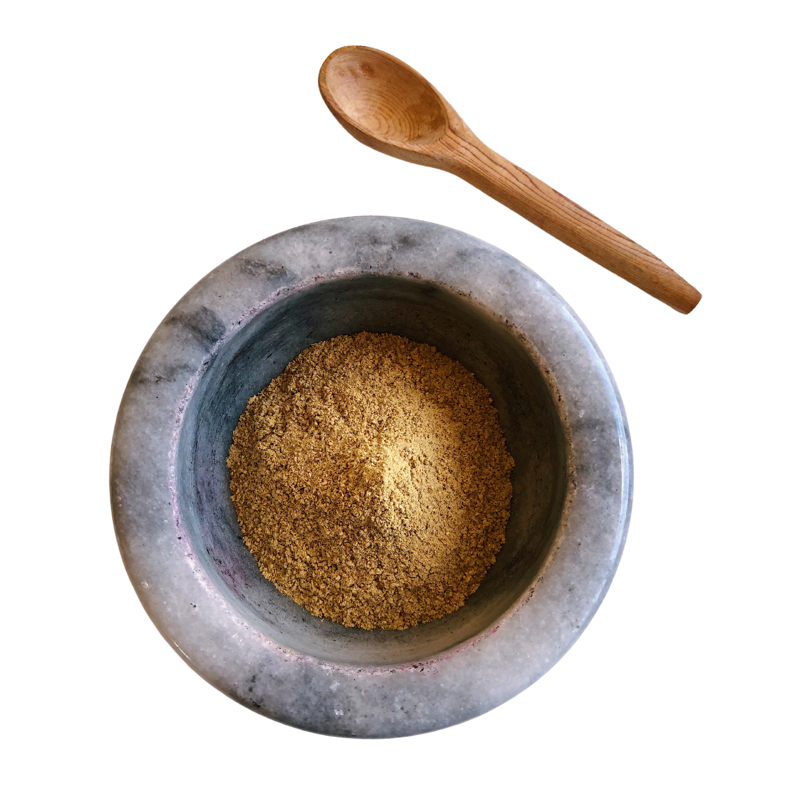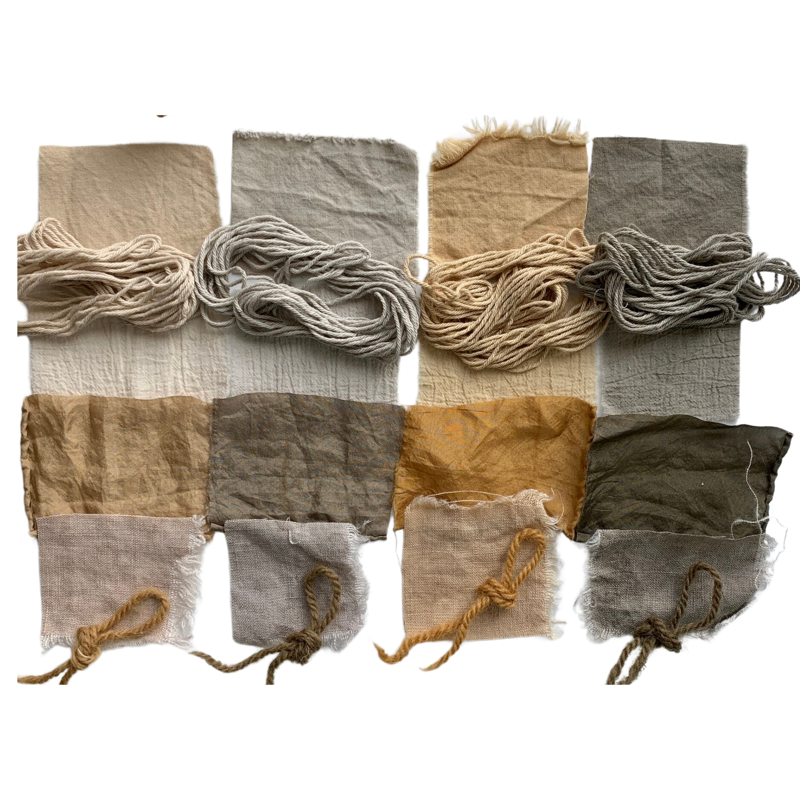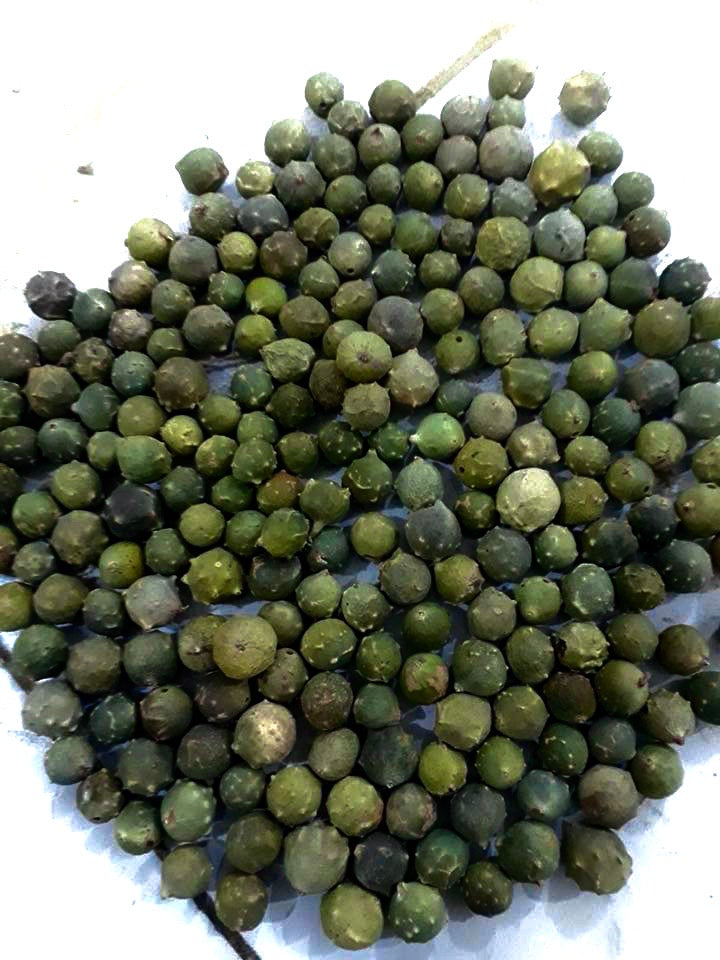Green Oak Gallnuts | Whole
Green Oak Gallnuts | Whole
Couldn't load pickup availability
Name: Green Oak Gallnuts
Scientific Name: Quercus Infectoria
Oak Gallnut is one of the best tannin sources that you can use in natural dyeing in the mordanting process. It is favored by natural dyers as it does not impart a strong colour to the fabric by itself. Oak gallnuts help you to create very sharp shades of any color by assisting a mordant to bind to cellulose fibers.
How oak gallnut is produced:
Here at themazi, we collect the gallnuts from our oak forests in summer. The gallnuts are made by a type of wasp, and act as protection for the wasp larvae until they hatch, so we harvest at the right time of year to allow the life cycle of the wasp to be complete. To make doubly sure all the insects have left the galls, once picked, the gallnuts are left outside for at least two months before packaging.
How to use oak gallnut powder as a Mordant in Natural Dyeing:
Oak galls are high in tannin and are usually used to treat cellulose fibers before the use of an aluminum-based mordant.
Ensure your fiber/fabric has been properly scoured before use.
Use 10g oak gallnuts for each 100g of fiber. Break up and grind the gallnuts. Put the weighed powder into a non-reactive vessel, and pour over boiling water. Stir to release the tannin from the powder. Add enough hot water (hot from the tap/faucet is sufficiently hot) so that the fiber/fabric can be completely covered with room to stir easily. Wet the fiber/fabric and add it to the tannin bath. Cover and leave to stand overnight, stirring occasionally. To keep the tannin bath warm for as long as possible, you can cover with a lid and wrap with a towel.
An alternative method is to leave the tannin bath overnight without adding the fiber/fabric, then strain off the powder particles, reheat the tannin liquid and then add the fibre/fabric, leaving overnight again.
Reviews:
Michel Garcia has tested our green oak gall and said: "I tried your oak gall, making an extract using lab apparatus. I got about 80% of soluble matter. This is very good; the extract is similar to oenological extracts sold in France." Michel Garcia is a botanist, chemist, dyer, and naturalist.
Share
